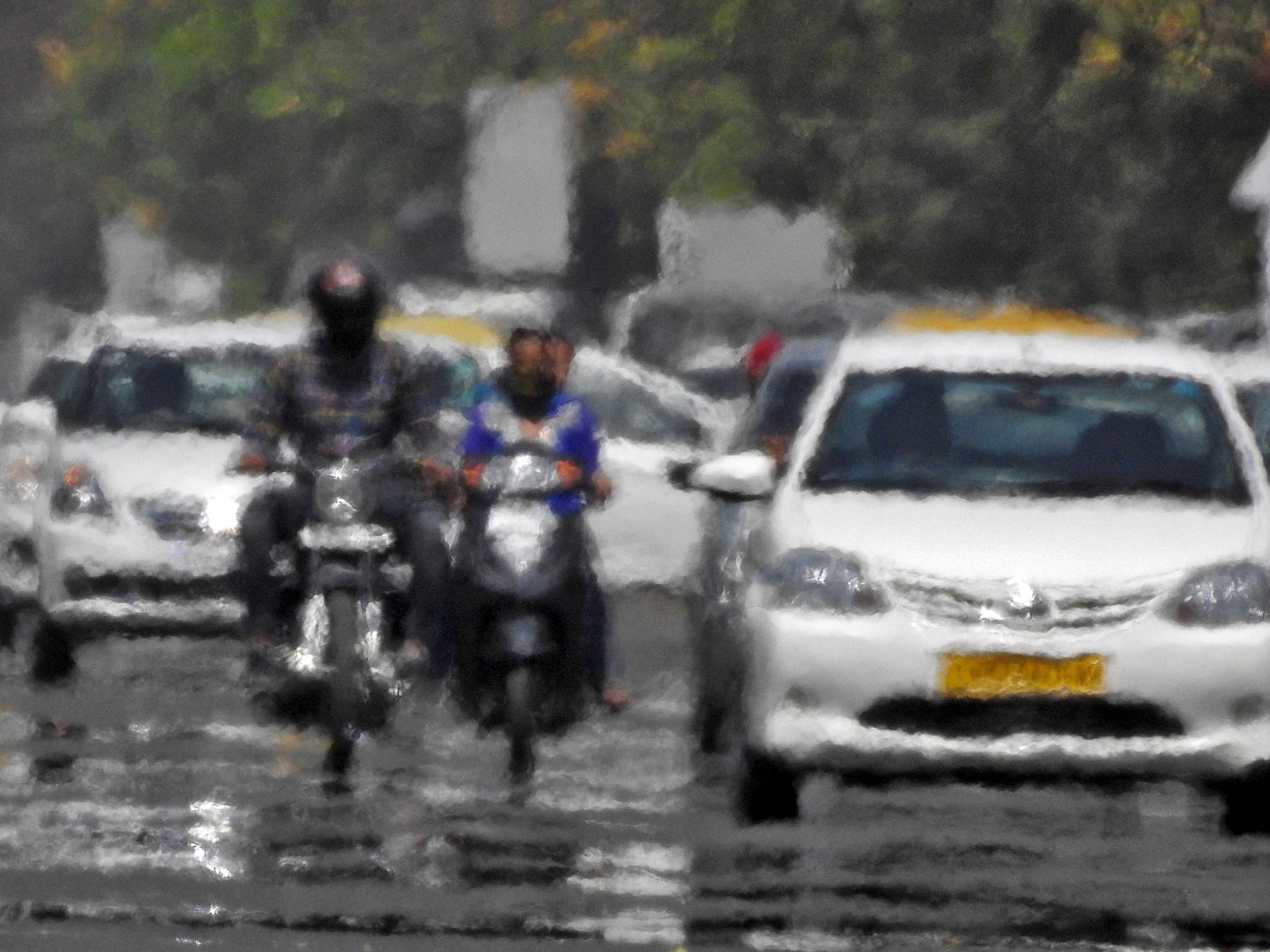Urban ‘heat island’ effect could intensify climate change, making cities up to 7C warmer
‘Any hard-won victories over climate change on a global scale could be wiped out by the effects of uncontrolled urban heat islands’

Cities could lose up to 11 per cent of their economic output as the urban “heat island” effect intensifies global warming, economists have warned.
After studying 1,692 cities around the world, they concluded about 25 per cent could warm by more than 7C by the end of this century under the worst-case scenario for carbon emissions.
They suggested pavements should be redesigned so they reflect more of the sun’s energy while “cool” roofs, which are coated with reflective paint, could be fitted to properties.
The urban heat island effect is caused largely because concrete, stone and road surfaces tend to absorb considerable amounts of energy from the sun. It enables olives to be grown next to a south-facing stone wall as far north as Aberdeen.
In the journal Nature Climate Change, the researchers, from Sussex University, Mexico and The Netherlands, wrote: “Between 1950 and 2015, 27 per cent of cities and 65 per cent of the urban population warmed more than the world average (about 0.6C).
“Moreover, during this period, about 60 per cent of the urban population experienced warming twice as large as the world.
“For the worst-off city, losses could reach up to 10.9 per cent of gross domestic product (GDP) by 2100. The accumulated total costs of the urban impacts of global and local climate change for all cities during this century could be about 2.6 times those without urban heat island effects.”
The average cost of global warming is estimated to be 5.6 per cent of GDP.
The researchers concluded the heat-island effect could add 2C to warming for the most populated cities by 2050.
One of the researchers, economist Professor Richard Tol, of Sussex University, said: “Any hard-won victories over climate change on a global scale could be wiped out by the effects of uncontrolled urban heat islands.
“We show that city-level adaptation strategies to limit local warming have important economic net benefits for almost all cities around the world.”
While cities cover about 1 per cent of the Earth’s surface, they produce about 80 per cent of “gross world product”, consume about 78 per cent of the world’s energy and are home to more than half of the human population.
The study found that changing a fifth of a city’s roofs and half the pavements to “cool” versions could save to 12 times the cost of installation and maintenance, while reducing air temperatures by an average of 0.8C.
Professor Tol added: “It is clear that we have until now underestimated the dramatic impact that local policies could make in reducing urban warming.
“However, this doesn’t have to be an either/or scenario. In fact, the largest benefits for reducing the impacts of climate change are attained when both global and local measures are implemented together.
“And even when global efforts fail, we show that local policies can still have a positive impact, making them at least a useful insurance for bad climate outcomes on the international stage.”
Join our commenting forum
Join thought-provoking conversations, follow other Independent readers and see their replies
Comments
Bookmark popover
Removed from bookmarks